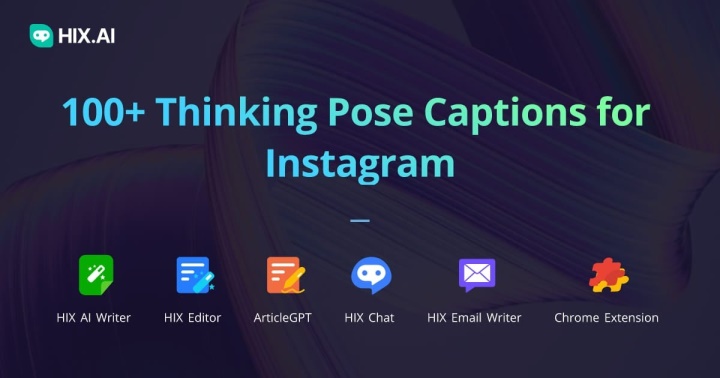Introduction
In the competitive world of digital marketing, creating high-quality, SEO-optimized content is essential for driving traffic, engaging audiences, and achieving top rankings on Google. Businesses aiming for online success must prioritize comprehensive, well-structured articles that resonate with their audience and adhere to Google’s search algorithms. This guide will show you how to craft content that can help you outrank your competitors.

Understanding the Role of Keywords in SEO
Why Keywords Matter
Keywords are the backbone of any successful SEO strategy. They help search engines understand your content’s context and match it with user queries. By identifying and integrating relevant long-tail and high-ranking keywords, your content becomes more discoverable to your target audience.
How to Conduct Keyword Research
- Use tools like Google Keyword Planner, SEMrush, or Ahrefs to identify popular and relevant keywords.
- Focus on long-tail keywords that align with your audience’s search intent.
- Analyze competitor content to uncover keyword gaps you can exploit.
Crafting Compelling Headlines
A compelling headline is the first step to attracting readers. Effective headlines are clear, concise, and keyword-rich, providing a glimpse of the article’s value.
Tips for Writing Engaging Headlines
- Incorporate primary keywords naturally.
- Use numbers and power words to enhance clickability (e.g., “10 Proven Ways to Boost SEO”).
- Optimize for emotional appeal and curiosity.
The Power of Well-Structured Content
Why Structure Matters
Structured content improves readability, keeps users engaged, and helps search engines crawl your site effectively. Use header tags (H1, H2, H3) to organize your article and make navigation seamless.
Implementing an Effective Structure
- Start with a clear H1 title that includes your primary keyword.
- Divide content into logical sections with H2 and H3 subheadings.
- Use bullet points, numbered lists, and short paragraphs for easier readability.
Creating In-Depth and Informative Content
Length Matters
Long-form content tends to perform better in search rankings. Aim for at least 1,000 words to cover topics comprehensively.
Depth and Detail
- Provide actionable insights, supported by data and examples.
- Address common questions or pain points your audience might have.
- Include case studies, expert quotes, or testimonials to add credibility.
Enhancing User Engagement
Using Visuals Effectively
Visual elements such as images, infographics, and videos can significantly improve engagement. Ensure visuals are:
- High-quality and relevant.
- Properly optimized with alt text for accessibility and SEO.
Interactive Features
Incorporate interactive elements like quizzes, polls, or comment sections to encourage user participation and increase dwell time.
Optimizing Content for Search Engines
On-Page SEO Best Practices
- Title Tags and Meta Descriptions: Write concise and keyword-rich meta tags to improve click-through rates.
- Internal Linking: Link to relevant pages within your site to improve navigation and distribute link equity.
- URL Structure: Use clean and descriptive URLs containing primary keywords.
- Keyword Placement: Include keywords naturally in titles, headings, and throughout the content.
Technical SEO Tips
- Ensure your site is mobile-friendly and responsive.
- Optimize page loading speed with tools like Google PageSpeed Insights.
- Use schema markup to enhance search result visibility.
Leveraging Backlinks and Social Signals
Building Quality Backlinks
Backlinks are a critical factor in determining a site’s authority. Focus on acquiring links from reputable, high-domain authority websites through guest blogging, partnerships, and PR outreach.
Encouraging Social Sharing
Promote your content on social media platforms to increase its reach and visibility. Add share buttons to your articles to make sharing effortless for readers.
The Role of Analytics and Continuous Improvement
Track Performance
Use tools like Google Analytics and Search Console to monitor your content’s performance. Key metrics to track include:
- Organic traffic
- Bounce rate
- Time on page
- Conversion rates
Iterate and Improve
- Regularly update outdated content to maintain relevance.
- Test different strategies using A/B testing to identify what works best.
- Act on user feedback to improve content quality and user experience.
Conclusion
Creating content that outranks competitors on Google requires a combination of strategic planning, quality writing, and continuous optimization. By focusing on keyword research, engaging headlines, well-structured content, and robust SEO practices, you can establish your site as an authority in your niche and attract a steady stream of organic traffic.












